
On the location of Sittard some
of the oldest evidence of human settlement in the Netherlands has been
found, but the place itself is first mentioned c. 900. In 1243 Sittard
was chartered, but in that year it already had walls. Sittard became an
important centre of trade at the route from Flanders to the Rhineland.
It seems that until well into the middle ages Sittard was a
German-speaking town.
Through the centuries Sittard was destroyed several times and rebuilt
again. In 1677 the French destroyed much of the town, after having
pulled down the walls the previous year. Like many other places in and
parts of Limburg, Sittard changed owners many times. C. 1200 Sittard
was part of the Duchy of Limburg, but in 1400 was sold to the duke of
Gulik, together with nearby Susteren and Born. In 1794 French
revolutionary troops occupied the town and annexed it. In 1814 the
French were finally beaten, and Sittard became part of the newly
founded United Kingdom of the Netherlands. When the southern provinces
of that short-lived state revolted and founded Belgium, Sittard once
again was part of a different country until 1839, when it was handed
over to the Kingdom of The Netherlands.
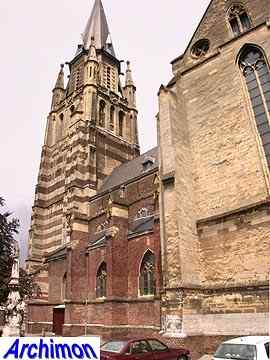
The St. Petruskerk is the oldest church of Sittard, and dates from the 15th and 16th centuries. Until 1802 it was a chapter church, with a chapter of twelve canons. The church was started in brick, but later large parts were build in marl. Although the St. Petrus is an example of the Mosan Gothic style, the upper two segments of the tower are neo-Gothic, and were added by architect P.J.H. Cuypers during restorations in the 19th century.
Location: Kerkplein
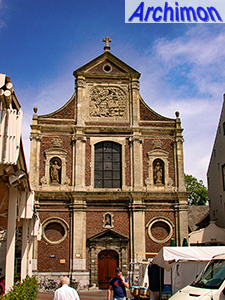
The St. Michielskerk is a rare example of Baroque architecture in the Netherlands. It was built as the church of the Dominicans monastery from 1659 until 1668.
Location: Markt
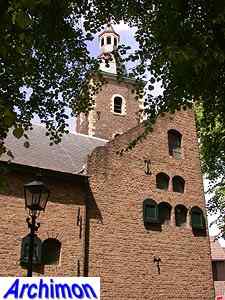
In 1635 the protestant minority
in Sittard built themselves a Reformed church, disguised as a
brewery. After this building was lost by a fire in 1677 it was rebuilt
from 1681 until 1684, and this time was clearly recognizable as a
church. The building was changed several times since.
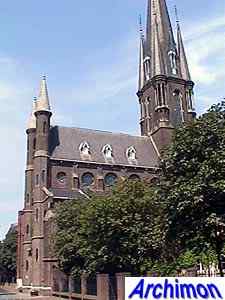
In 1867 Sittard became a pilgrimage centre for the devotion of Our Lady of the Sacred Heart of Jesus. The first few years the pilgrims attended the chapel of the Ursuline convent, but from 1875 until 1876 a special pilgrimage-church was built, the O.L. Vrouwe van het H. Hart, a neo-Gothic church with Romanesque influences designed by Johannes Kayser, and the first church in the Netherlands to receive the honorary title of Basilica Minor.
Location: Oude Markt 3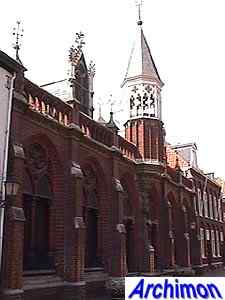
The same architect designed the Mariapark
built in 1892, a building in neo-Gothic style
that contains the Stations of the Cross.
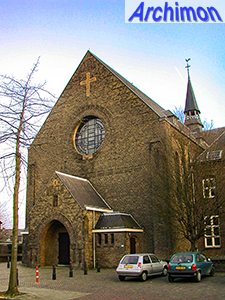
The St. Antonius van Padua is a
one-aisled church in moderate Expressionistic style, designed by J.
Wielders and built in 1917-1918. Built at the same time, and also
designer by Wielders, was the Franciscan monastery next to the church.
Location: Kromstraat 46a
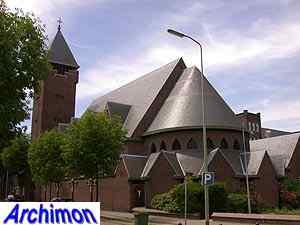
Wielders also designed the church of the H. Hart monastery,
which was built in 1928. The church became a parish church in 1950, 8
years after the monastery was closed.
Location: Leyenbroekerweg 107
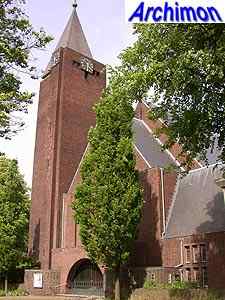
Not to be confused with the H.
Hart monastery is the church H. Hart
van Jezus, another design by J. Wielders. This church was built
in
1929-1931.
Location: Geldersestraat 37
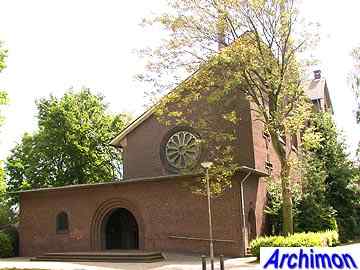
The St. Gemma is one of several
churches A.J.N. Boosten designed shortly before his death early in 1951 and
which were built under supervision of other architects later, in this
case by H.J.
Palmen in 1952. The church has a typical assymetrical nave and a monu,mental choir with two
spires.
Location: Bremstraat